#Handmade Carpet
Text
Women Weavers is a women empowering workshop which aims the promotion of female Moroccan artists that handweave traditional berber rugs & carpets.
We work ask Coop and we don't have any middleman, all profits are shared among female berber Artists.
We dont have a strong marketing but we have the best prices and the best handmade quality.
Please find us as Women Weavers Workshop on Etsy, we ship worldwide.



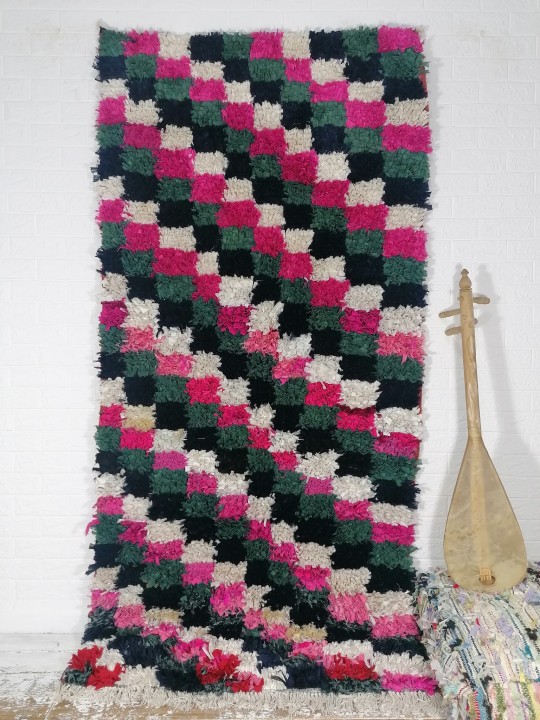



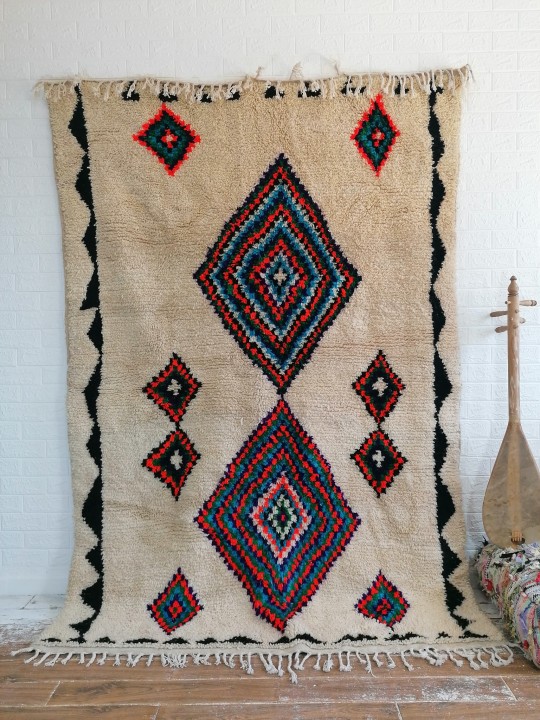
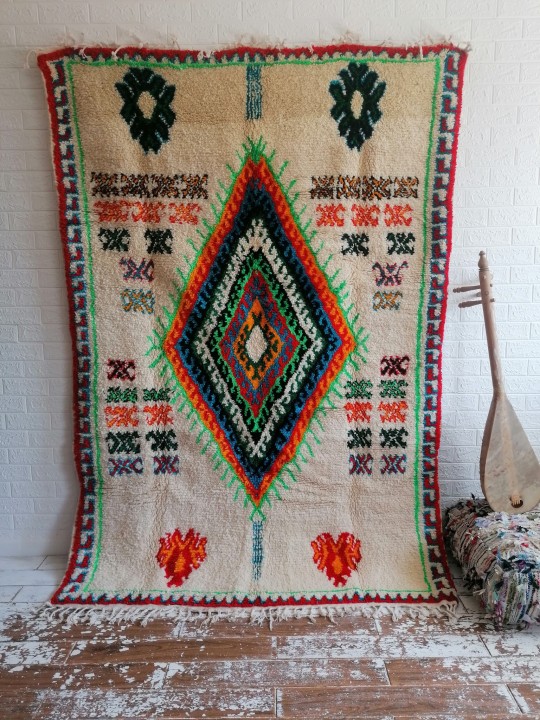
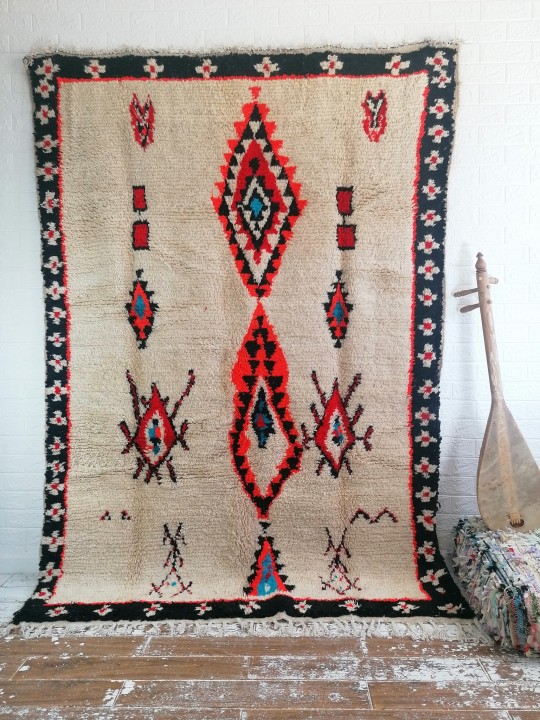
#Women Weavers#Women Empowerment#Handmade#Handmade Rug#Handmade carpet#home & lifestyle#Wool rug#Moroccan#Berber#Moroccan rug#Berber rug#Moroccan carpet#Area rug#Runner#Azilal rug#Taznakht rug#Beniouaran rug#Boucherouit rug#Women Owned Business#Women Weavers workshop#Etsy#Pinterest
131 notes
·
View notes
Text

https://www.etsy.com/shop/BansalCarpets
#hand knotted rug#handmade rug#wool rug#indian rugs#oushak rug#large rug#8x10 rugs#9x12 rug#10x14 rug#modern rugs#rug for living room#muted rugs#etsyshop#etsy#handcrafted#artists on etsy#handmade carpet#abstract rug
3 notes
·
View notes
Text
Dining room, Kids room, rug ! Handmade carpet ! Tufted area rugs ! 11x13, 10x14, 9x13, 8x11 ! Woolen carpet ! Maroon color
Introducing our exquisite Hand-Tufted Rug, a stunning addition to any room that effortlessly combines functionality with aesthetic appeal. Handmade with care, this luxurious woolen carpet boasts a rich maroon hue that adds a touch of sophistication while providing a cozy atmosphere. Available in multiple sizes—11x13, 10x14, 9x13, and 8x11—this tufted area rug is designed to fit seamlessly into your home decor, whether it’s for family dinners or playtime adventures.

Shop Now
0 notes
Text
A beautiful handmade carpet can transform any space into a sanctuary of elegance and aesthetics. Whether you are considering wall-to-wall carpeting or wish to lend charm to the hardwood floor, you must ensure that the carpet you pick is durable.
0 notes
Text
HISTORY OF TURKISH CARPETS
The roots of carpet weaving art can be traced back to prehistoric times. Based on archaeological studies, it can be said that it is a cultural product that spread from Central Asia to the Near East. The word “kalıng” in the Oghuz dialect (an ancestral gift given to women) underwent phonetic changes over time and became “kalı>halı,” initially used by urban Turks in Anatolia and later spread to…
View On WordPress
0 notes
Text
From Fiber to Floor: A Journey Through the Making of Handmade Rugs & Carpet

Join us as we uncover the captivating story behind every exquisite handmade rug and carpet adorning floors around the world! As we unravel its intricate processes that transform raw material into masterpieces of design and craftsmanship.
Selection of Raw Materials:
At the heart of every handmade rug lies its raw materials: wool, silk, cotton and jute fibers are selected by skilled artisans for their specific characteristics - such as resilience and durability in holding vibrant dyes; silk exudes luxury and luminosity while cotton provides strength and versatility - and their selection will determine texture, appearance and overall quality of the finished rug.
Spinning and Dyeing:
Once raw materials have been selected, they go through a meticulous process of spinning and dyeing. Skilled artisans carefully spin fibers into yarn using traditional methods, often by hand or with spinning wheels. Next comes dyeing: natural or synthetic dyes are carefully applied using natural or synthetic methods until desired colors and shades have been achieved. Some artisans even employ age-old techniques like vegetable dying to achieve vibrant earthy tones that are both vibrant and sustainable.
Weaving and Knotting:
Rug making begins in its weaving and knotting processes, where its true artistry comes to life. Utilizing special looms and centuries-old techniques, artisans carefully craft intricate patterns and motifs using intricate knotting techniques like the Persian knot and Turkish knot; each provides their own distinctive texture and appearance. From tribal designs by nomad weavers to geometric patterns by city artisans, each rug tells its own distinct tale of culture, tradition, and craftsmanship.
Finishing Touches:
Once weaving is complete, the rug undergoes additional processes to add beauty and durability. Artisans carefully trim excess fibers, secure loose ends, reinforce edges against fraying and reinforce corners as necessary to prevent fraying. In some instances, washing, shearing or brushing processes may also be applied in order to enhance texture or luster for maximum sophistication. Ultimately, an elegant masterpiece awaits your viewing!
The Journey to Your Home:
Handmade rugs have an incredible journey from skilled artisans' hands to homes around the globe - one that embodies artistry, tradition and legacy. Each rug carries with it stories about its creators; landscapes which inspired it and cultures which shaped it; all while providing warmth and beauty in your home while serving as an everlasting reminder of handmade textiles' enduring craftsmanship and timeless elegance.
Unlike machine-made counterparts, handmade rugs showcase the ingenuity and creativity of skilled artisans. They also boast a rich tapestry of cultural heritage.
Wool provides exceptional durability and resilience, while silk adds a delicate sheen. Cotton provides a soft, comfortable foundation. And polypropylene – like a magic trick – begins as a chemical cocktail, is melted, extruded, and cooled to form fibers.
Weaving:
Traditionally, rugs manufacturing is one of the most time-consuming textile arts. It can take months or even a year to finish a single rug in the hand-knotted style. Handmakers often work in tandem, employing family members or community members to help.
Fuentes’ rugmaking is more of a hobby than a career, as she also works full-time as a hair stylist and runs her own lash business. But she loves the art and enjoys the absorbing process. “It’s really soothing,” she says. “I just like being able to sit down, focus and create something.”
For those not ready to commit to the full-time commitment of weaving a rug, there is tufting, which is a simpler textile-making technique that uses cotton piping to weave a surface that looks similar to a carpet. To make a rug, you cut cotton piping into strips and tie them together in a grid pattern (see the photo above). You then pull the strings upward to cover the netting and secure them with a rubber band.
You can use this simple technique to weave a wide range of patterns, from geometric shapes and vibrant colors to designs inspired by the shape of gerrymandered congressional districts, as Hornsby does. Her rug tapestry is a favorite on TikTok, where it’s gained more than 2 million views as of this writing.
The book features a step-by-step guide to the basics of weaving, including how to build a simple loom and frame, as well as four projects. It also covers dyeing, combing and spinning — the first steps in creating a hand-spun yarn, which can then be used to make a variety of textiles.
Dyeing:
Often, rugs are dyed to change the color of the carpet. This can be done in order to make a rug more aesthetically pleasing or match the colors of other furnishings in the room. Dyeing a rug can also repair stains or faded areas that can’t be repaired with a wash.
The first step in the process is to prepare the dye. This includes adding water to the container, mixing the fabric dye according to instructions, and soaking the rug in the mixture. The process should last for a few hours or more, depending on the size of the rug and the desired color intensity.
Once the rug has soaked, it’s important to rinse the rug thoroughly to ensure that no excess dye is left behind. This should be done in a bathtub or other large sink with hot, soapy water. The rug should be rinsed until the water runs clear.
It’s also important to set the dye, which improves the color fastness of the rug. This prevents the dye from fading or bleeding onto other surfaces. There are several ways to set the dye, including steaming and heat setting.
Many people are familiar with the idea of using tea to dye paper and fabric, giving them an aged look. Fewer people are aware that coffee can be used for the same purpose, though it creates a much darker hue.
This technique can be used on hand-knotted or hand-tufted rugs. It’s not recommended for synthetic or machine-made rugs, which are unlikely to react well to the dye. When working with strong, chemical-based dyes, it’s best to wear gloves. This will protect your hands from the dye and prevent it from staining other surfaces or furniture.
Combing:
Combing is a technique that creates decorative patterns and textures on surfaces. It is most often used in combination with other painting techniques such as ragging and sponging. The lines that are created can be subtle and delicate, or bold and eye-catching depending on the desired effect. This technique can be used to add visual interest to any space without overwhelming it.
The comb works by gently separating the shorter fibers from the longer ones. The shorter fibers will not work well in a spinning operation, so they are set aside while the longer fibers are processed into yarn and thread. The resulting mixture can then be used to weave cloth.
There are many types of woven fabric, but rag rugs are among the most commonly recognized and beloved. This is because rag rug weavers often focus on creating functional, durable and attractive structures that will be long-lasting and serviceable.
While most rag rug weavers use a variety of methods to weave their pieces, some use a process called combing to separate the short fibers from the longer ones. This process is similar to that of combing a stray hair or a particularly tangled head of human or animal hair, and in fact, the tools for this work sometimes resemble hackles used to prepare flax for linen spinning.
While combing is a weaving technique, it also has been used to make pieces that are not woven at all. These are referred to as either hooked or tufted, and examples of both are readily available in today’s marketplace. Hooked pieces are made by using a hook-like device to pull the wool through the warp, while tufted pieces use a tool to "tuft" the fibres into place, much like an electric toothbrush is used to create clean teeth.
Carding:
Rugs add texture and style to a room, and they help prevent furniture and floor surfaces from scraping together. Choosing the right rug for your space requires careful consideration of color, pattern, and size. However, it's important to also consider the technique used to make your rug, as this will have a significant impact on its quality and aesthetic.
One of the oldest and highest-quality rugmaking techniques is hand knotting, where artisans create intricate patterns and textures by threading yarns through a foundation cloth’s weave. This time-consuming process can take up to a year for a single rug, depending on its size and the skill of its makers.
Another popular rugmaking technique is tufting, which involves using a specialized power tool called a tufting gun to shoot yarn strands through a foundation cloth’s front surface. This method is fast and yields a soft, fuzzy carpet that can be shaped into custom designs with just the pull of a trigger.
Fuentes began making rugs this way after watching rug-making videos on TikTok, and she hasn’t stopped since—even as she juggles school, full-time work, and her lash extension business. She posts her creations online with the hashtags #rugtiktok, #rugmaking, and #tufttheworld to connect with fellow rugmakers and share tips and tricks.
She has seen a surge in interest for tufted rugs, particularly from people looking to add a touch of luxury to their spaces. As a result, her creations have become more elaborate and feature more complex patterns and motifs—such as the Alice in Wonderland-inspired caterpillar holding a flower or an op art butterfly that looks like it wants to give you a hug. She is now working with larger clients to customize bespoke pieces.
Spinning
Spinning is the process of drawing fiber out and twisting it to strengthen and form it into yarn. It is one of the oldest crafts and was originally done by hand, but since the invention of the spinning wheel (the spindle whorl, spinning jenny, and spindle mule) in the late 1700s it has become an industrialized art. Various types of fibers can be spun into yarn including cotton, silk, wool, viscose rayon, and synthetic polyester.
The weaver can also incorporate techniques that produce fabrics with raised, dense surfaces such as pile. Pile weaving can be produced by adjusting loom tension to produce loops that are cut as the cloth is woven; by incorporating extra warp yarns into the fabric; or by binding two fabrics together with a set of warp threads.
The Woolwench is offering a four week project-based spin and weave course where participants can learn to spin specifically for weaving, then use their new skills to weave a project of their choice. The class will be held at the Studio on Thursday nights.
Journey from fiber to floor is a testament to the ingenuity, skill, and artistry of generations of rug makers who have dedicated their lives to rug making. Their creations span time and place, filling our homes and hearts with beauty while honoring a tradition as old as civilization itself. As we celebrate handmade rugs and carpets today, let's remember all those who contribute their craft through generations - be they Atlas Mountain artisans or Istanbul bazaar merchants. As we celebrate handmade carpets we should also honor those whose hands weave magic thread by thread by thread preserving a tradition that dates back millennia!
1 note
·
View note
Text

Spike Collection
For more details click here:- https://www.maheshexports.com/
0 notes
Text
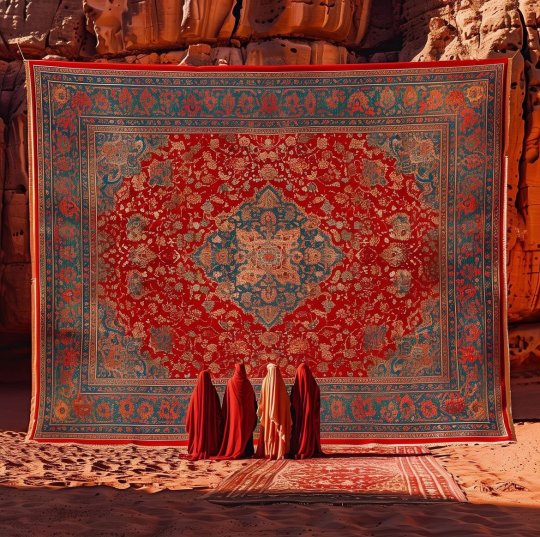
Well that is one captivating image.
#modern rugs#handmade rug#carpets and rugs#red#toya's tales#style#toyastales#toyas tales#art#july#summer#photograph#photo#photography#photooftheday#image#captivating#desert#mountains#canyon#red rocks
2K notes
·
View notes
Text
0 notes
Text
11 Stages to the Fine Crafting of a Hand-Knotted Silk Rug

Our hand-knotted silk rugs are lovingly created by artisans in Agra, each one a unique work of art. At Kalra’s Cottage Industry, we value traditional techniques of rug making, and each rug reflects a commitment to the art of rug production. Designed with precision using skills passed down through the generations hand-knotted silk rug making has been a highly valued art form in Agra. Modern-day handmade rugs showroom in Agra and local artisans still follow this heritage of rug making to produce exquisite carpets.
The text above is a summary, Continue reading to know more visit here.
0 notes
Text
Unveil the mesmerizing "Carpet Field" in Antalya, Turkey, where summer transforms wheat fields into a vibrant tapestry of handmade carpets.
As the sun blazes, hundreds of acres are adorned with carpets woven with intricate patterns and bold hues. These works of art are not mere decorations but symbols of heritage and skilled craftsmanship.
For days, the carpets bask under the sun's embrace, undergoing a remarkable metamorphosis. Harmful bacteria and insects vanish, while the colors subtly shift, blossoming into soft, pastel tones that shimmer like a desert sunrise.
669 notes
·
View notes
Text

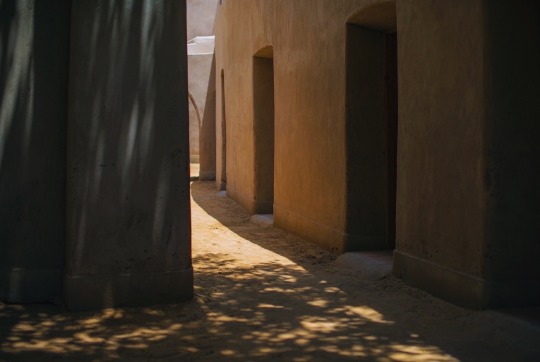


Beautiful morning 🌿
Ramses Wissa Waesf art center 🕊️🌻
#يوميات بنت إسمها ش#egypt#مصر#photography#thisisegypt#art#masterpiece#cairo#shaimaa fekry#artist#carpet#handmade#history#heritage#culture#travel#village
112 notes
·
View notes
Text
Handmade carpet | 12x12, 11x12, 10x13, 9x13 | Tufted wool | Cream and Orange color | Hallway, Dining, Living room
Buy Handmade carpet | 12x12, 11x12, 10x13, 9x13 | Tufted wool | Cream and Orange color | Hallway, Dining, Living room now. Elevate Your Space with Our Hand Tufted Rug: Are You Ready to Transform Your Home?
Introducing our exquisite Hand Tufted Rug, designed to bring warmth, style, and a touch of artistry to any room in your home. Available in sizes 5x8, 6x9, 7x10, and 8x13, this handmade masterpiece features a striking black and orange color palette that effortlessly complements a variety of decor styles.

Shop Now
0 notes
Text




I went to a studio to make this I don’t think I’ll make another rug again at least for a while lol.
Also I know this guy is my silly way of drawing Toothless from the httyd books but he lowkey feels like an oc at this point lol 🐲.
#handmade rug#dragon#httyd books#httyd fanart#dragon oc#wierd giraffe#weird giraffe kinda#carpets and rugs#crafts
59 notes
·
View notes
Text

One rainbow hem done!
#handmade#embroidery#rainbow embroidery shorts#it feels kinda like bowling alley carpet or confetti to me#in a good way! but idk how else to describe the pattern lol
114 notes
·
View notes
Text
Beautiful Colorful Handmade Kilim
#vintage#anatolian carpet#handmade carpet#decorative handmade rug#living room carpet#bedroom carpet#bohemian carpet#carpet#turkish handmade kilim
0 notes